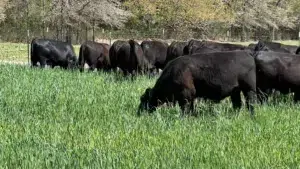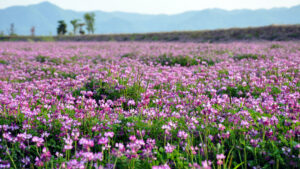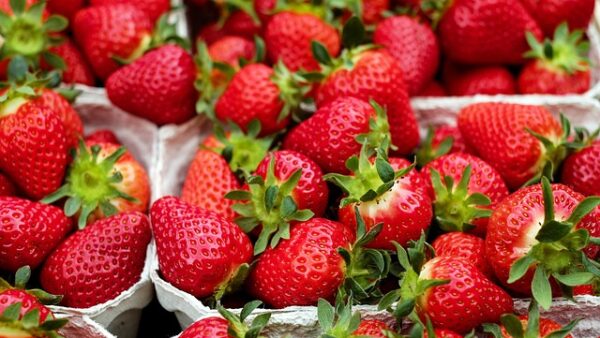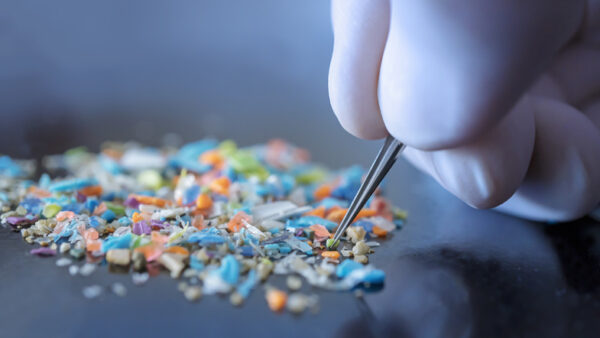Farmer founded, S&W Seeds is driving innovation in alfalfa to meet the needs of today’s growers.
The 20th century saw unprecedented changes in the paradigm of agriculture. Not only did the practices used produce the food for a growing population become more industrialized, but the science and technological breakthroughs made in the century’s latter half changed the very concept of the industry.
Today, with water scarcity and shifts to marginal land usage seemingly inevitable caveats to production agriculture as we know it, advancements in forage production are delivering top quality genetics to producers with the promise of fewer inputs.
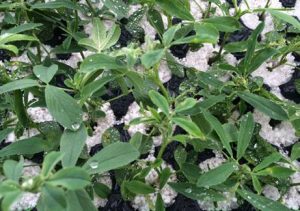
A favored ration additive and hay choice for its high protein and calcium content, alfalfa is one of the largest agronomic consumers of water. With a consumptive use that can exceed 46 inches per growing season, water usage is at the forefront of management from both a seed and forage production perspective.
S&W Seeds, a California based seed and forage company, was created over 37 years ago by cattlemen with a mission to develop and deliver the very best alfalfa hay forage for their herds. Today, that mission is still being served through technology, partnerships and the desire to continually deliver varieties that yield in regions previously unsuitable for alfalfa production.
“For the S&W program and S&W genetics that we are providing to the industry, (growers) can be assured of getting very competitive genetics regardless of the geography they are farming in,” says Dan Gardner, Chief Marketing and Technology Officer of S&W Seeds.
From the first research conducted to current efforts, S&W has realized the necessity of creating adaptable germplasm for an agricultural economy continually faced with decreasing acres of arable land.
“Work that was started almost 40 years ago focused on salt tolerance out of necessity because there wasn’t any salt tolerant germplasm,” says Gardner. “Although salt tolerance is trendy now, as alfalfa and other species are being pushed to more marginal lands, our breeding program has been focused on that since its inception.”

Today, S&W houses three legacy breeding programs and boasts a combined 80 years of alfalfa breeding between them, while partnerships and program acquisitions have allowed S&W to reach new milestones in genetic advancement of the crop.
Gardner shares that S&W’s most recent endeavor in alfalfa’s genetic advancement comes through a partnership with Calyxt, a leading gene-editing technology and technical expertise company.
“With Calyxt, we are leading the charge in alfalfa, as a crop, in gene editing. There’s a whole host of traits that can be addressed with gene editing, seeking endogenous gene modifications in the plant without introducing any new genes from other species.”
The technology will also give researchers the opportunity to utilize knowledge about gene sequences and what their phenotype is from both alfalfa and related plant species while capitalizing on information from other sources, such as animal or bacterial.
Currently, S&W has plants that are non-regulated that have been moved out of tissue culture, into soil, and are in the greenhouse undergoing crossing. And, because gene-editing is more straight-forward than transgenic breeding, the path to market will be greatly accelerated.
“This is the first in the pipeline of gene-edited traits,” offers Gardner. “Growers are going to see a lot of new technology coming down the pipeline in the form of gene-edited traits. These will add great value for growers at a much lower cost than transgenic traits and come to market in a very short time-frame.”



